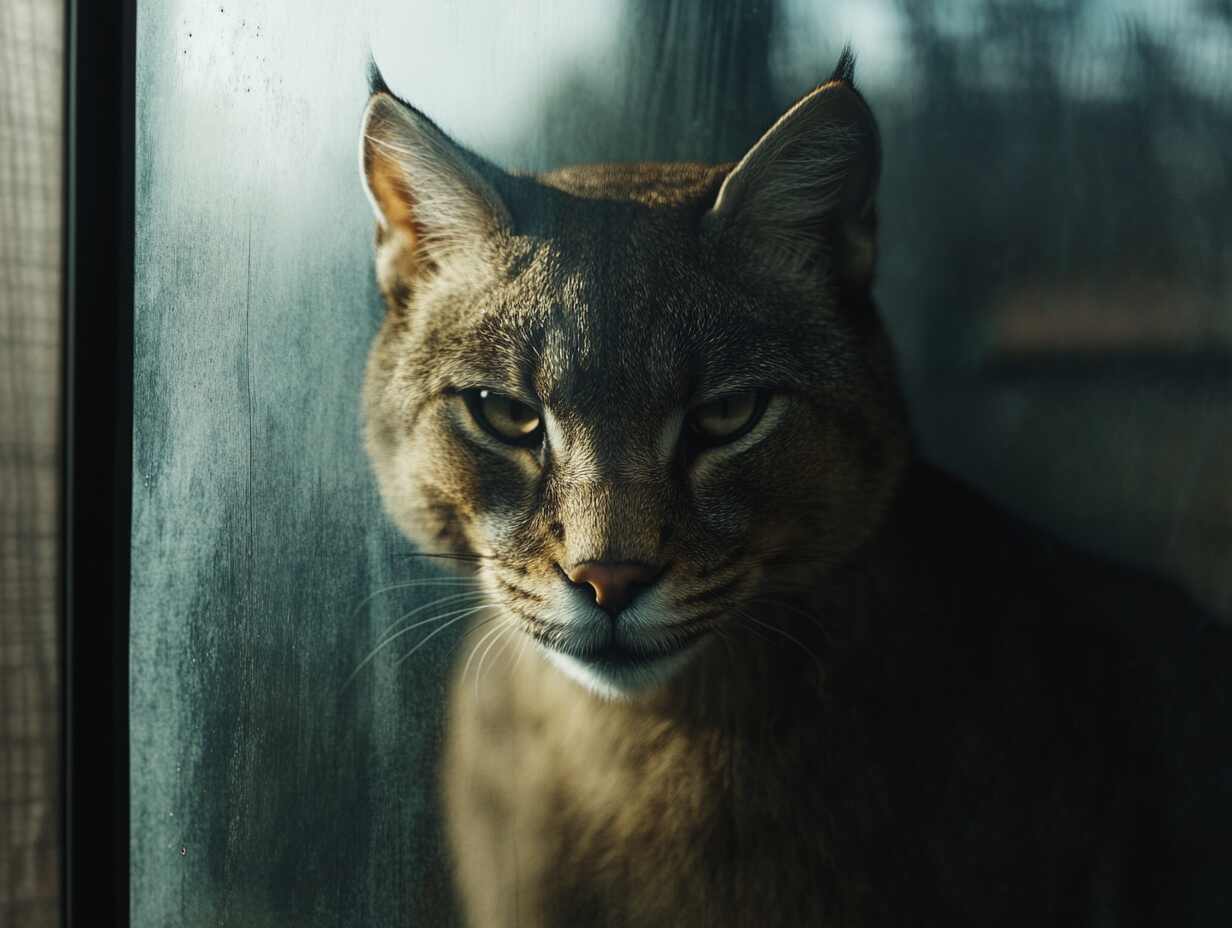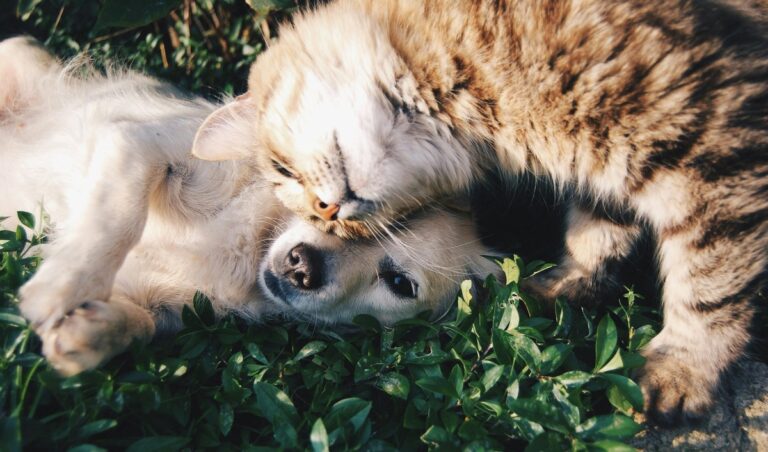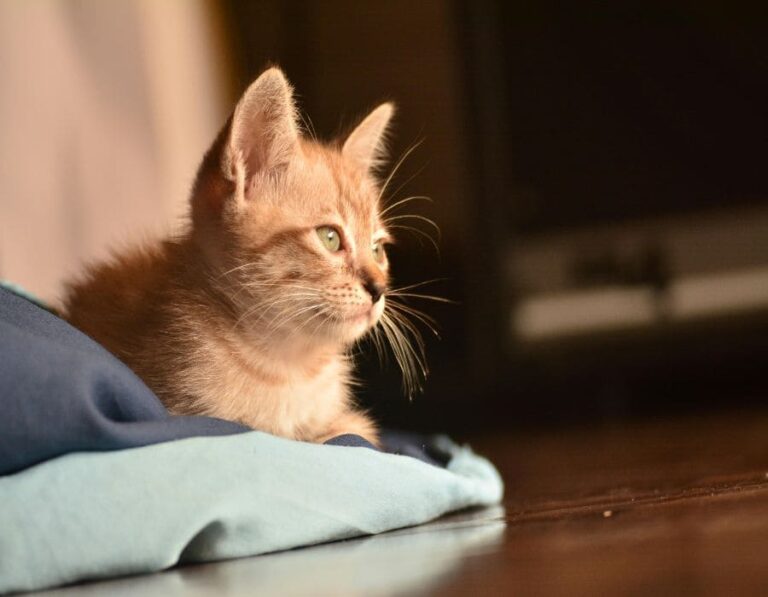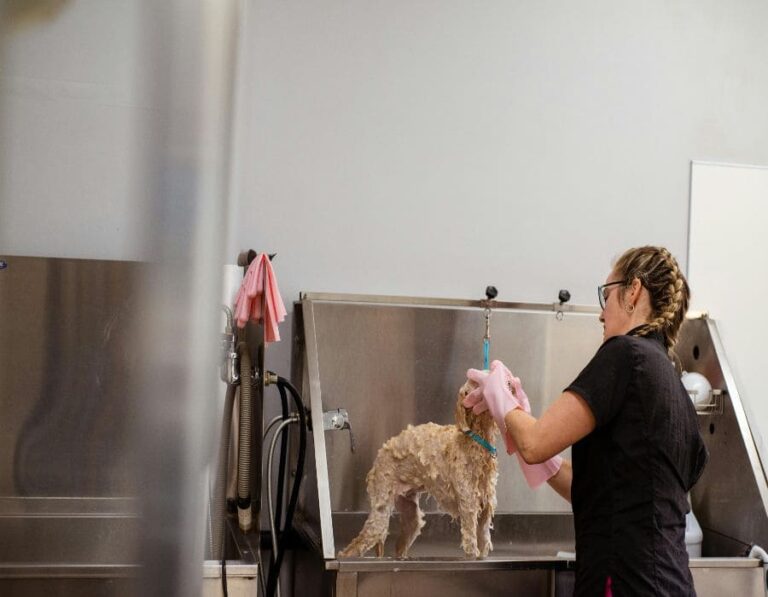10 Cat Breeds That Cannot Be Kept as Pets
While most cats are content to nap on windowsills and chase toys, some feline breeds and hybrids are simply too wild, strong-willed, or unpredictable to thrive in a typical home. These breeds often retain traits from their wild ancestors—making them poor choices for domestic life, especially without expert care or the proper environment.
1. Serval
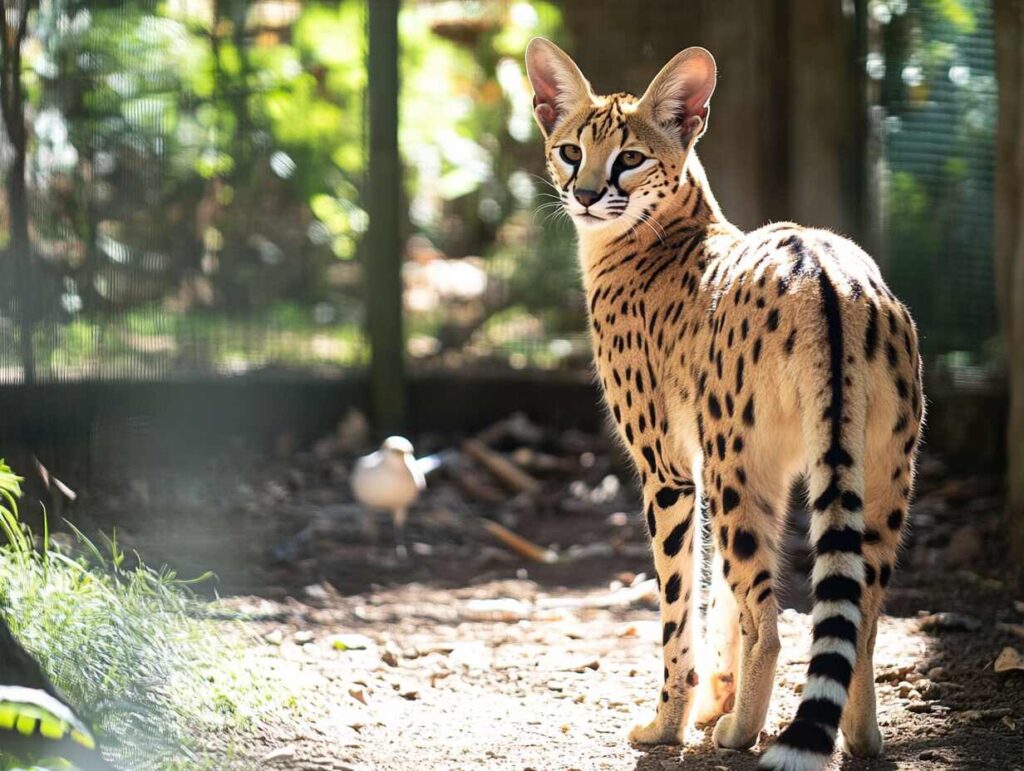
With long legs and large ears, the African serval looks exotic—and behaves that way too. Though sometimes sold as exotic pets, they retain strong hunting instincts, are extremely territorial, and are notorious escape artists.
2. Caracal
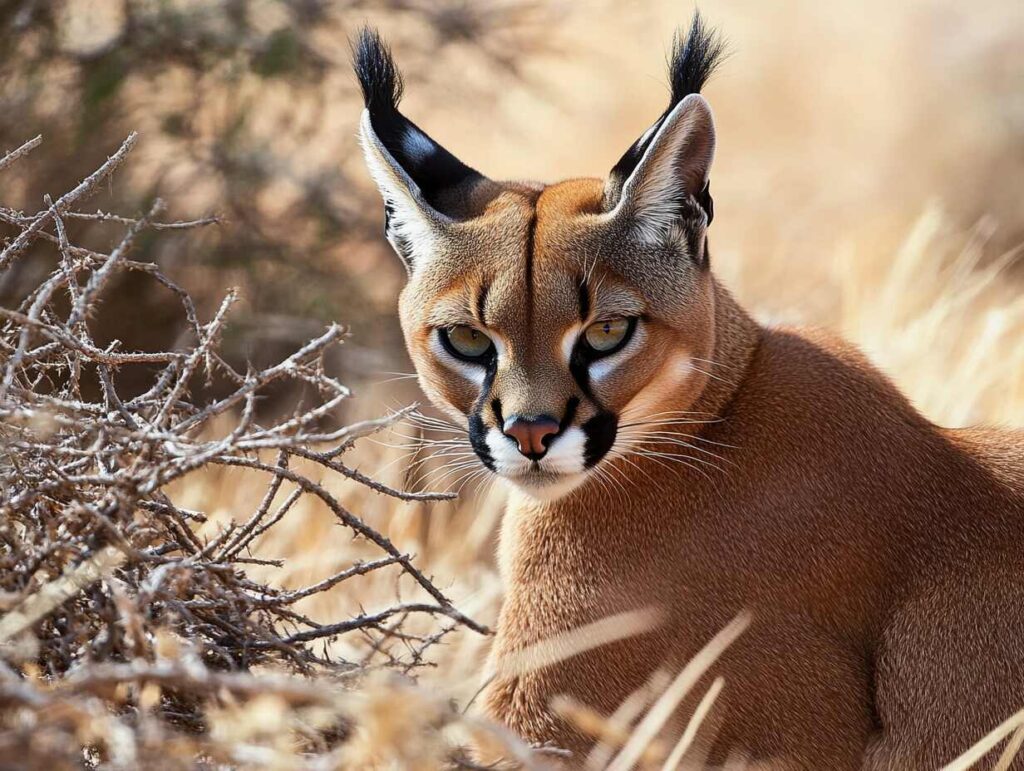
The caracal’s striking ears and powerful build make it a tempting choice for exotic pet lovers. But these cats are wild hunters by nature, capable of taking down prey much larger than themselves. They need space and stimulation that few homes can offer.
3. Jungle Cat
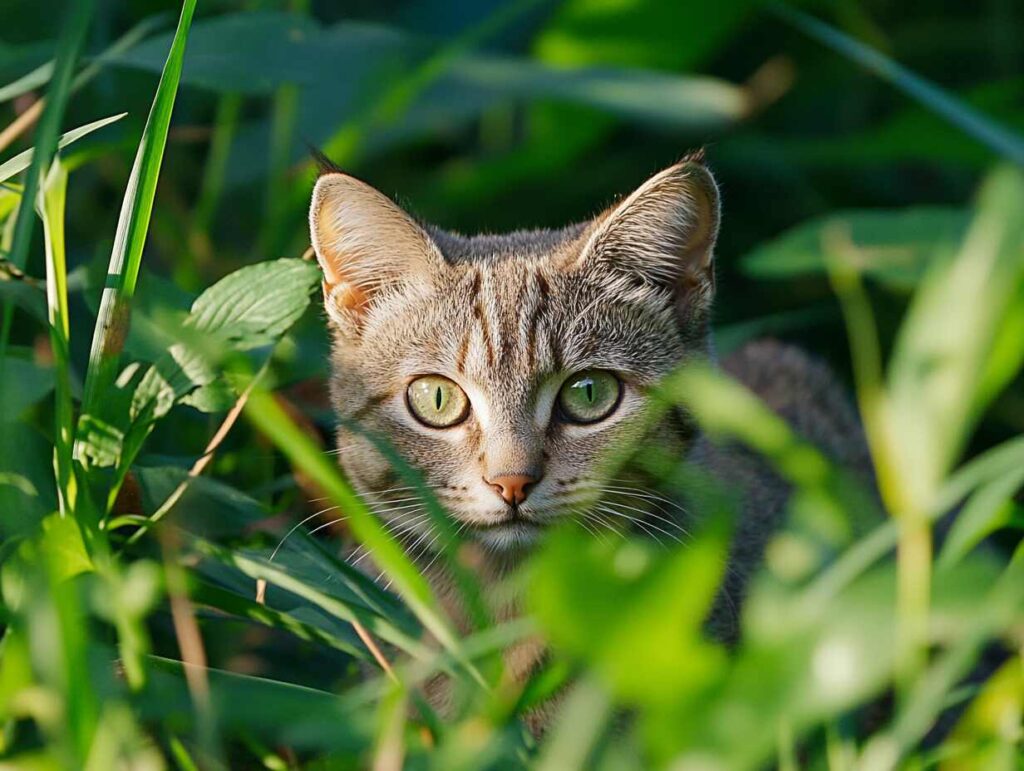
Native to Asia, the jungle cat resembles a large domestic tabby. However, it’s a solitary and elusive animal, far too wild to be cuddled on a couch. Even hybrid descendants can be high-strung and aggressive.
4. Fishing Cat
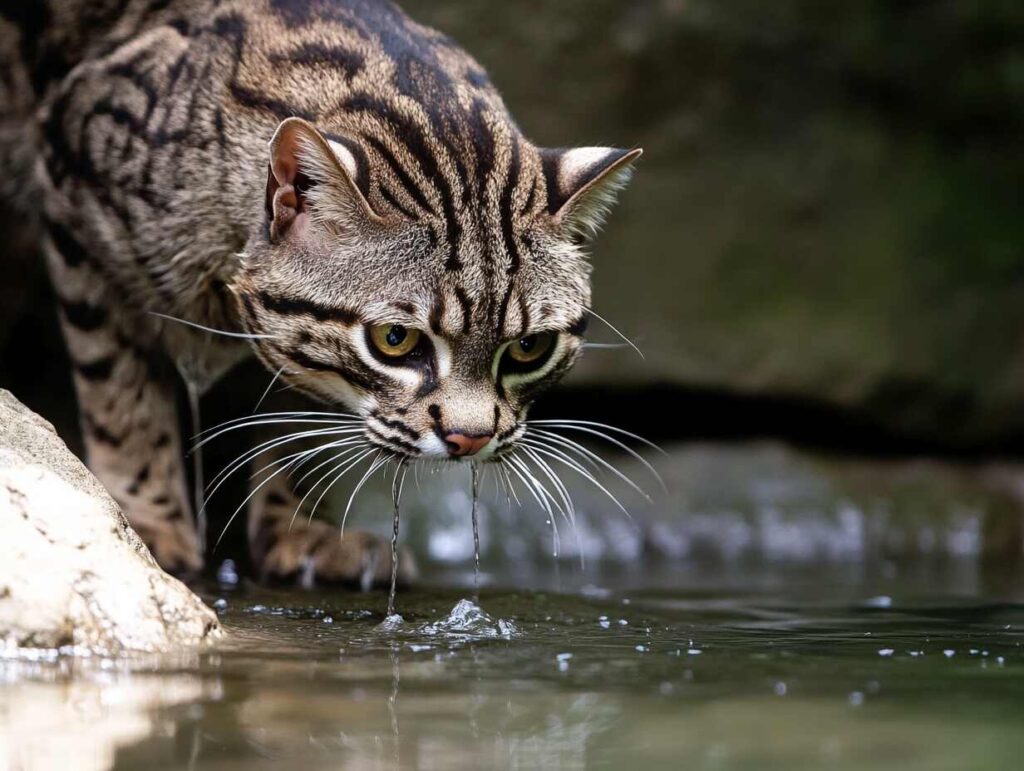
These water-loving felines are skilled hunters, adapted for swimming and ambushing prey. Their intense energy, aggressive defense instincts, and need for a watery environment make them completely unsuitable as pets.
5. Bobcat
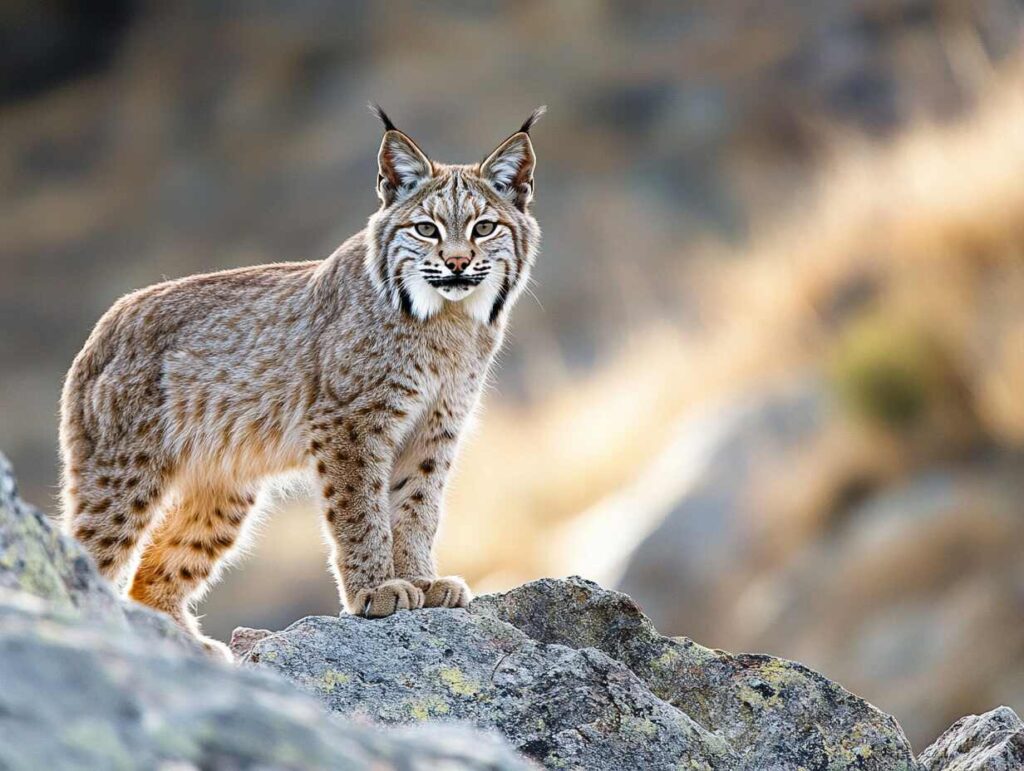
Though smaller than most wild cats, bobcats are muscular, stealthy, and extremely territorial. They may bond with one person but remain dangerous to others—posing risks to children, guests, and other pets.
6. Lynx
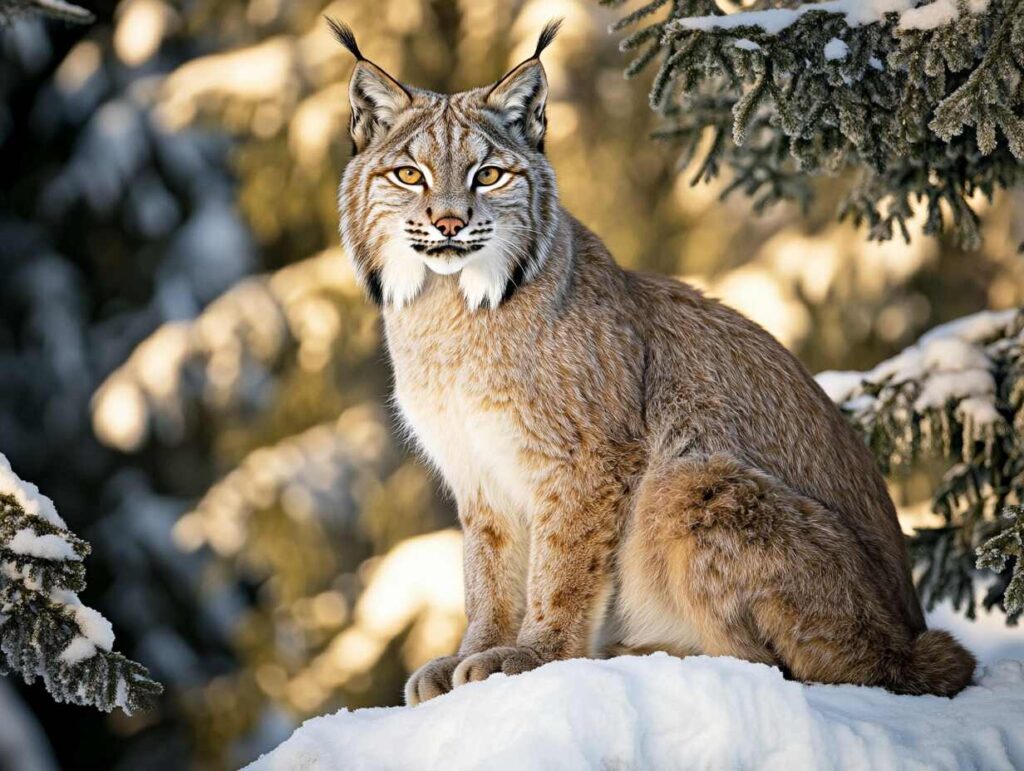
Majestic and aloof, the lynx thrives in cold, forested regions. Even hand-raised lynxes display unpredictable behavior, especially around food or unfamiliar people. They require vast outdoor enclosures—not a living room.
7. Ocelot
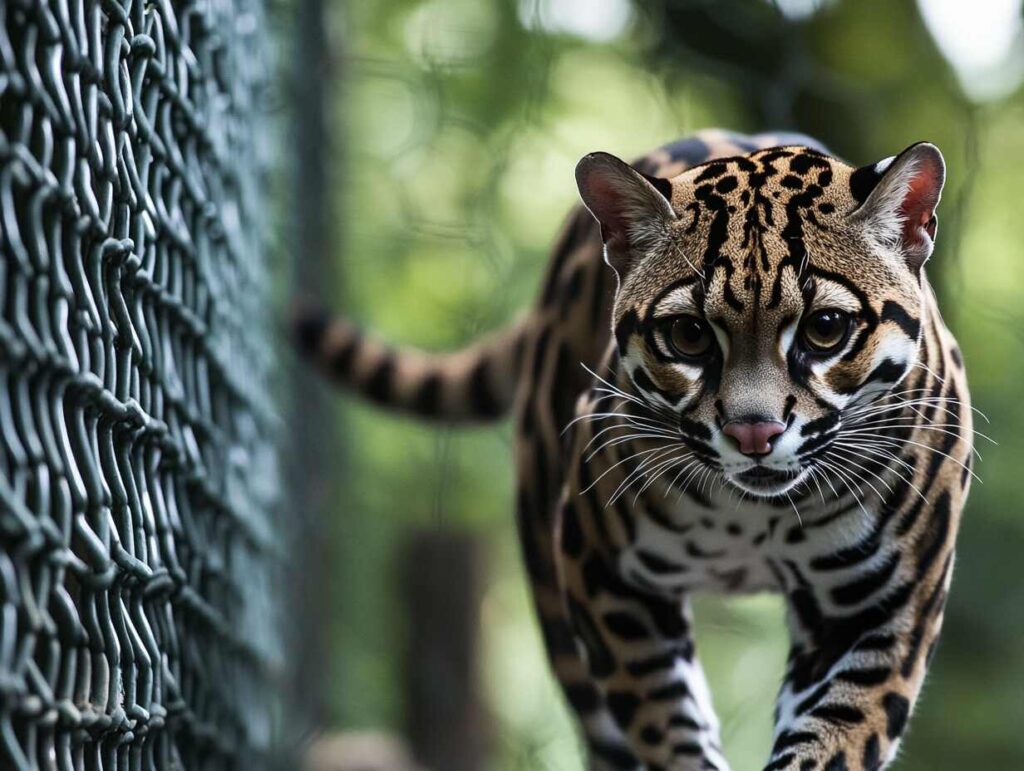
Beautiful but intensely independent, the ocelot doesn’t tolerate confinement well. They’re highly vocal, can mark territory aggressively, and often show hostility even to their caretakers.
8. Geoffroy’s Cat
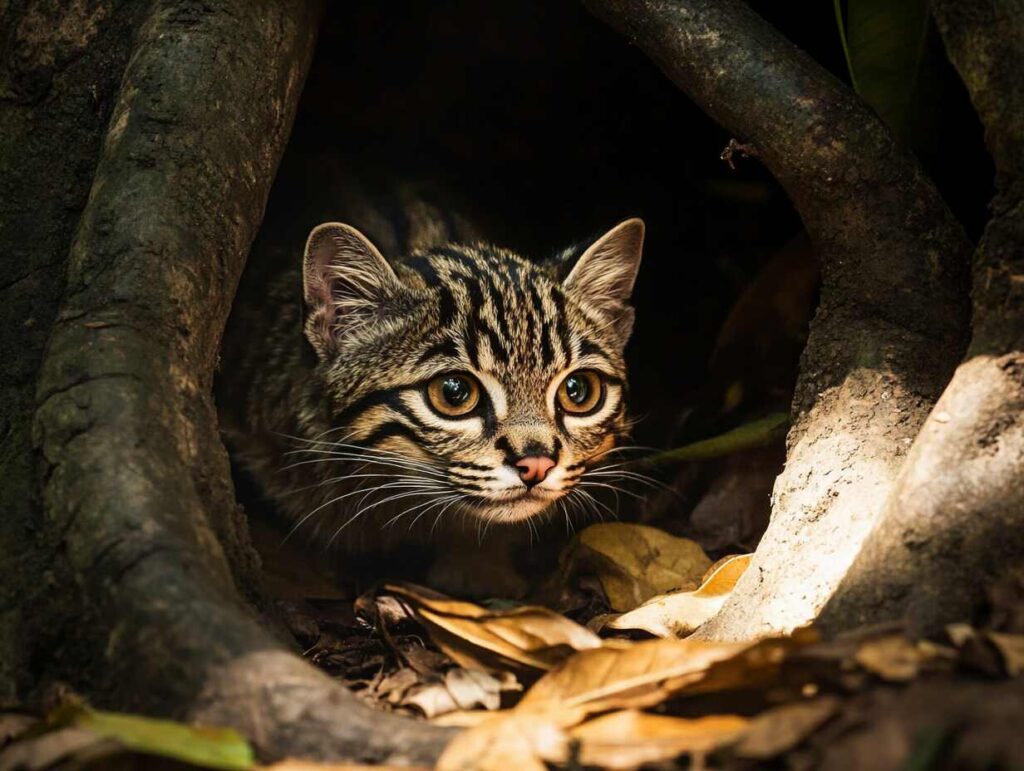
A small wild cat from South America, Geoffroy’s cat has been used in breeding programs for hybrid cats. But as a pure species, it’s nervous, solitary, and easily stressed by human interaction or indoor environments.
9. Chausie
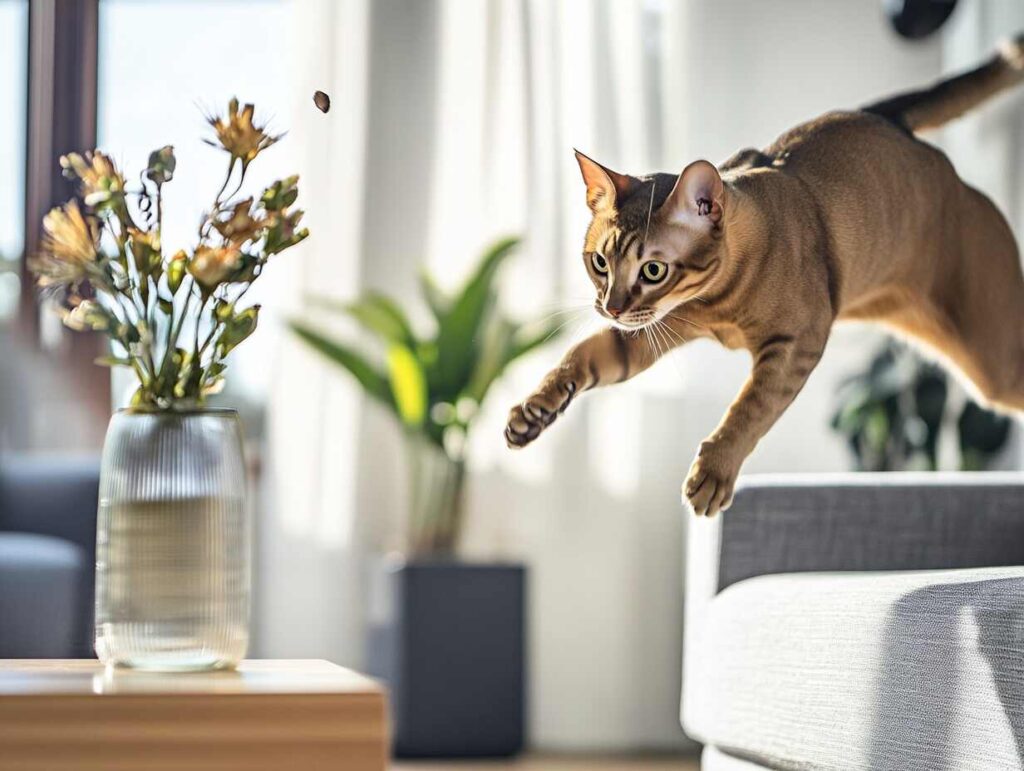
This hybrid, a mix of domestic cat and jungle cat, may look like a giant tabby but often retains wild instincts. Many are skittish, hard to litter train, and prone to destructive behavior if bored.
10. Savannah Cat (F1 and F2 Generations)
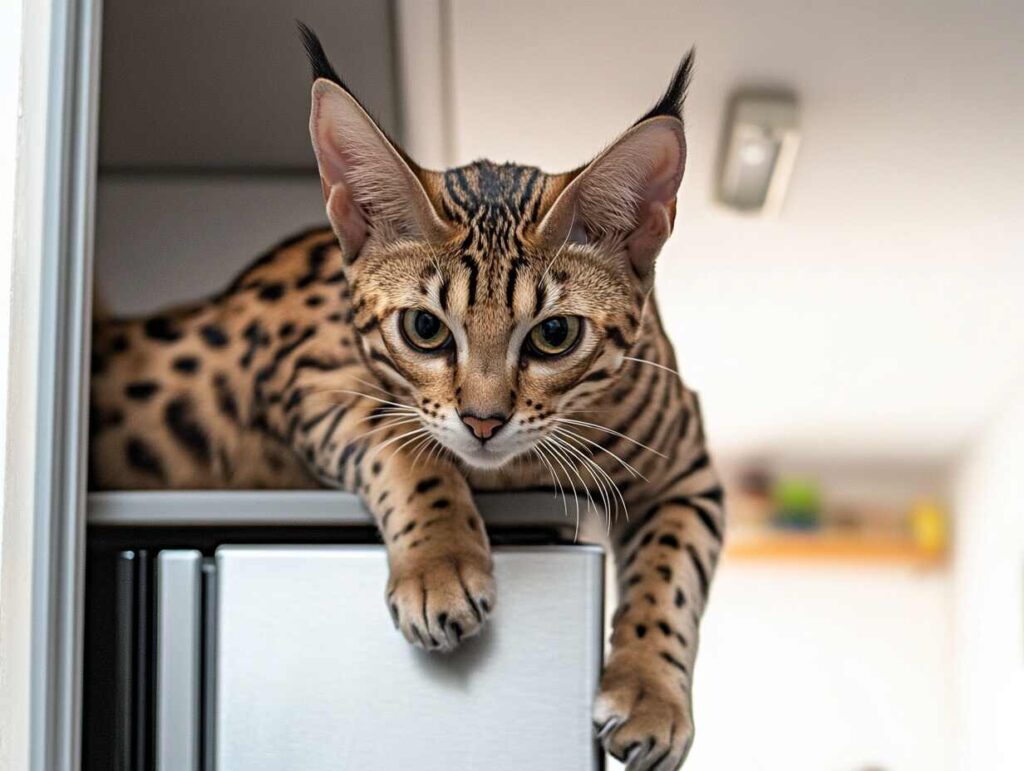
While later generations of Savannah cats are legal and domesticated, F1 and F2 Savannahs—those closest in lineage to a serval—are extremely active and hard to manage. They can jump over 8 feet high, need constant stimulation, and often break or destroy items in confined spaces.
Wild Beauty, Domestic Nightmare
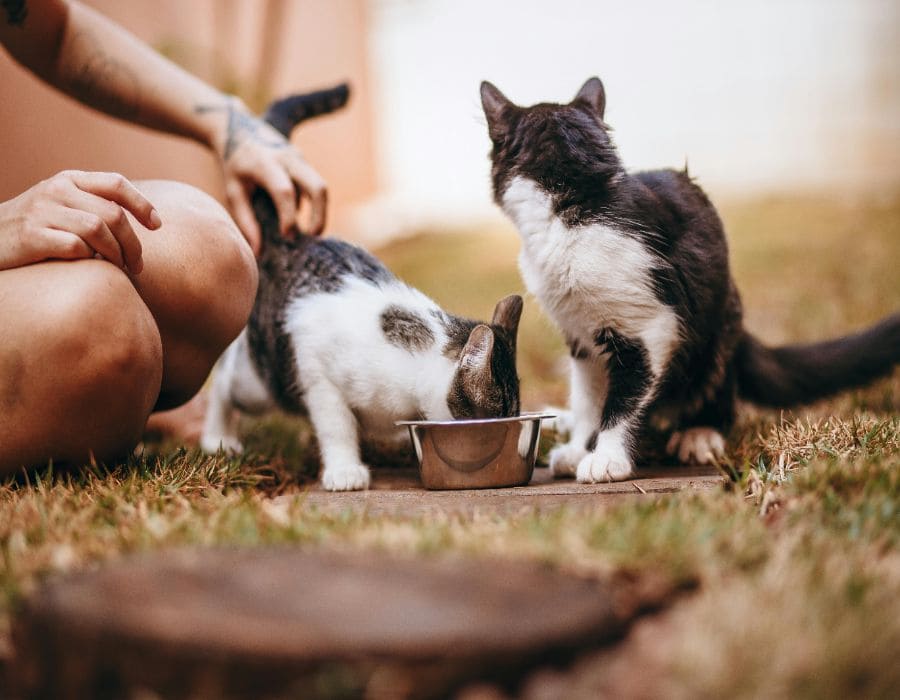
It’s easy to be drawn to the wild elegance of these felines, but domestic life is rarely suitable for them. Many of these breeds have specialized dietary, spatial, and social needs that are impossible to meet in a standard home. Before adopting any exotic or hybrid cat, always research their behavior—and consider whether your lifestyle can truly meet their needs.

